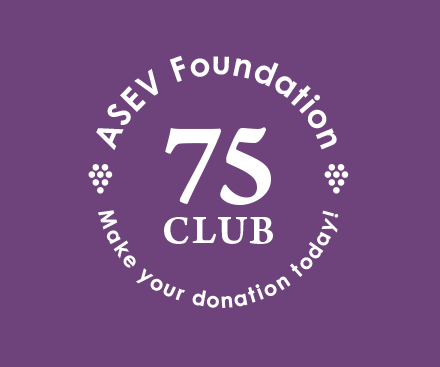Abstract
Thirteen Chardonnay (Vitis vinifera L.) clones were evaluated for viticulture performance in a vineyard managed for sparkling wine production in the Los Carneros American Viticultural Area, Sonoma County, California. Two clones were of California origin (Foundation Plant Services [FPS] 4 and 72) and 11 were of French origin, reported to be from either Dijon (clones 75, 76, 78, 96, and 352) or Champagne (clones 118, 121, 124, 130, 131, and 132). Vine yield and yield components, fruit composition (soluble solids, pH, and titratable acidity), and vegetative growth were measured over four growing seasons, from 1998 through 2001. Clones were harvested on a soluble solids basis. Yield, berries per cluster, berry weight, cluster weight, and clusters per shoot differed significantly among clones. FPS 4 and French clones 96 and 352 had highest yields, and FPS 72 the lowest, with no great differences among other clones. Low yield of FPS 72 was due to very low berry weight and fewer berries per cluster. Yield components of other clones differed significantly over the four years of study. FPS 4 and FPS 72 retained the highest levels of titratable acidity at harvest. Vegetative growth was greatly influenced by both clone and year. FPS 72 had the highest pruning weights and clone 118 the lowest. Yield-to-pruning weight ratios were lowest for FPS 72 and highest for FPS 4.
- Received January 2007.
- Revision received April 2007.
- Revision received September 2007.
- Copyright © 2008 by the American Society for Enology and Viticulture
Sign in for ASEV members
ASEV Members, please sign in at ASEV to access the journal online.
Sign in for Institutional and Non-member Subscribers
Log in using your username and password
Pay Per Article - You may access this article (from the computer you are currently using) for 2 day for US$10.00
Regain Access - You can regain access to a recent Pay per Article purchase if your access period has not yet expired.









